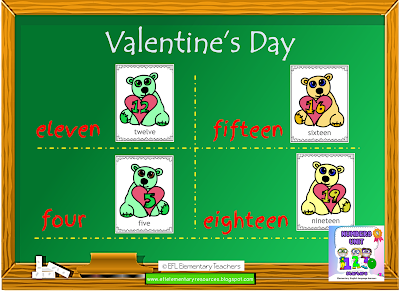This resource is included in Beach Unit for Elementary at this link:
https://www.teacherspayteachers.com/Product/Beach-Unit-for-Elementary-ESL-4075972Print
the beach-themed board game and play with a twist. Each time they land
on an item, they "collect" it in an imaginary beach template that has
been assigned to each player.
At the end, they list or draw the things in their beach and describe them: “I have a towel
and sunglasses.”
Spelling
Activities Matter: Learners internalize
the correct spelling of new beach-related words (e.g., bucket, mask) by
physically constructing them.
Develop
early reading and vocabulary skills with this matching card game. Students
will match beach-themed word cards (e.g., sandcastle) with corresponding
picture cards to build vocabulary recognition, strengthen spelling awareness,
and support reading fluency.
Students
will review and reinforce their beach vocabulary by writing words on their own Bingo
boards and listening carefully during a picture-word calling game using the
cards from the previous activity.
The
blank Bingo boards provided are for students to write in 8 beach-themed words.
Prepare a master list of the words you want to use. As
each word is called, students check their boards. If they have the word, they
cover it with a token. The first student to cover all 8 words and call out
“BINGO!” wins. You can keep playing any other day, they just save the board
that is already prepared.
Matching Words. Lay out the picture cards on one side of the table and the word
cards on the other. Students take turns matching the correct word to each
image.
Animals
on the Beach – Sentence Building Game.
Students will use a variety of animal-on-the-beach picture cards to create
complete and meaningful sentences using a variety of word cards (nouns, verbs,
adjectives, prepositions, and more).
Students
will write their sentences on their notebooks and share to the class or a
partner. The teacher or peers can help check for grammar and sentence
structure.
All
my interactive games, worksheets, and creative ideas to make learning English
exciting! 📌 Follow my Pinterest boards and
save time and bring fun learning into your classroom! https://www.pinterest.com/ei98srl






















































